Your cart is currently empty!
Tag: Future
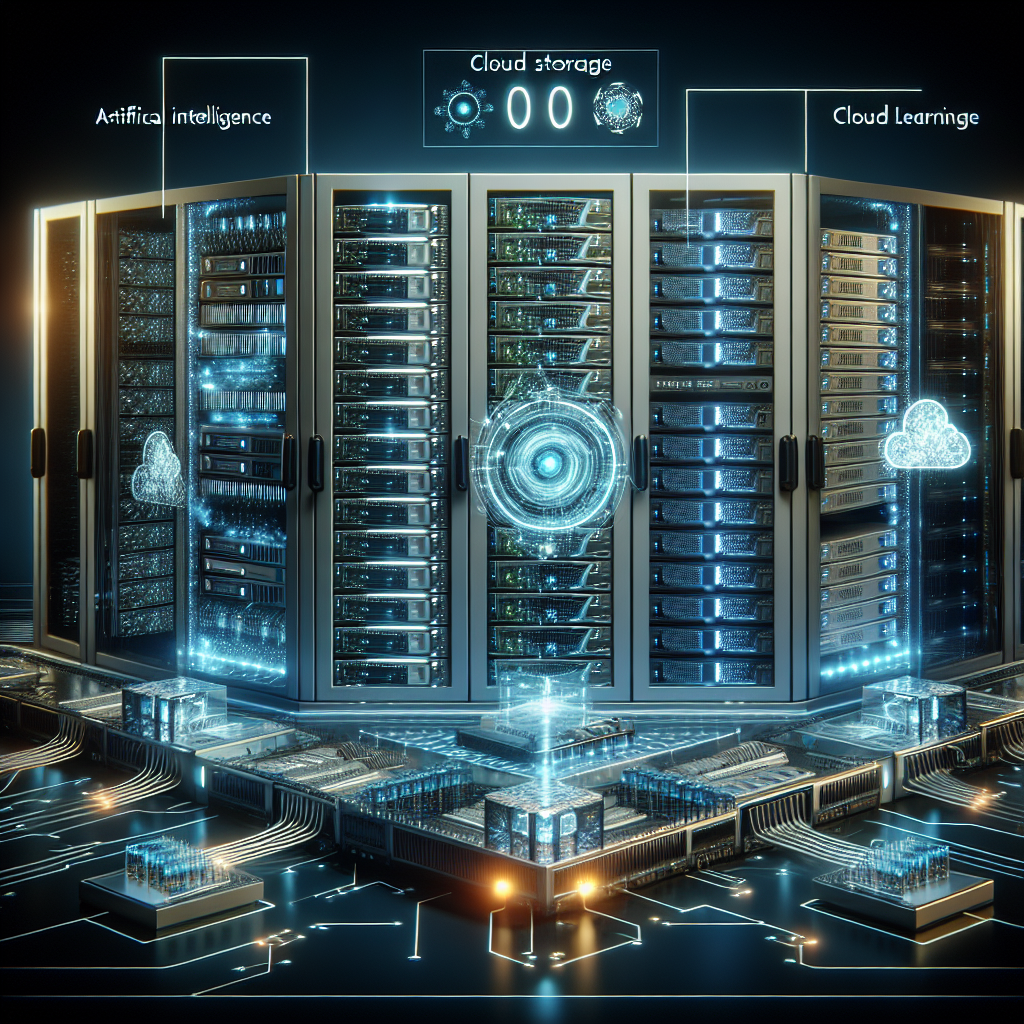
The Future of Data Center Servers: Trends to Watch in 2021 and Beyond
In recent years, the data center industry has seen significant advancements in technology, driving changes in the way servers are designed and utilized. As we look ahead to 2021 and beyond, there are several key trends shaping the future of data center servers.One major trend to watch is the rise of edge computing. As more devices become connected to the internet, the demand for low-latency processing at the edge of the network is increasing. This trend is driving the need for smaller, more powerful servers that can be deployed closer to end-users. In response, server manufacturers are developing new form factors and architectures optimized for edge computing workloads.
Another trend to keep an eye on is the growing adoption of artificial intelligence (AI) and machine learning (ML) in data centers. These technologies require massive amounts of computational power, leading to the development of specialized AI and ML accelerators that can be integrated into server designs. As AI and ML workloads become more prevalent, we can expect to see servers that are optimized for these types of tasks.
In addition, sustainability is becoming a top priority for data center operators. The environmental impact of data centers, particularly in terms of energy consumption, has come under scrutiny in recent years. As a result, server manufacturers are focusing on developing more energy-efficient designs that reduce power consumption and carbon emissions. This trend is expected to continue in the coming years, with data center servers becoming increasingly environmentally friendly.
Security is also a major concern for data center operators, particularly in light of increasing cyber threats and data breaches. Server manufacturers are investing in new security features, such as hardware-based encryption and secure boot processes, to protect sensitive data and prevent unauthorized access. In the future, we can expect to see servers that are designed with security as a top priority.
Overall, the future of data center servers is shaping up to be dynamic and innovative. As edge computing, AI and ML, sustainability, and security continue to drive advancements in server technology, we can expect to see servers that are more powerful, efficient, and secure than ever before. By staying abreast of these trends and adapting to the changing landscape, data center operators can ensure that their infrastructure remains cutting-edge and competitive in the years to come.
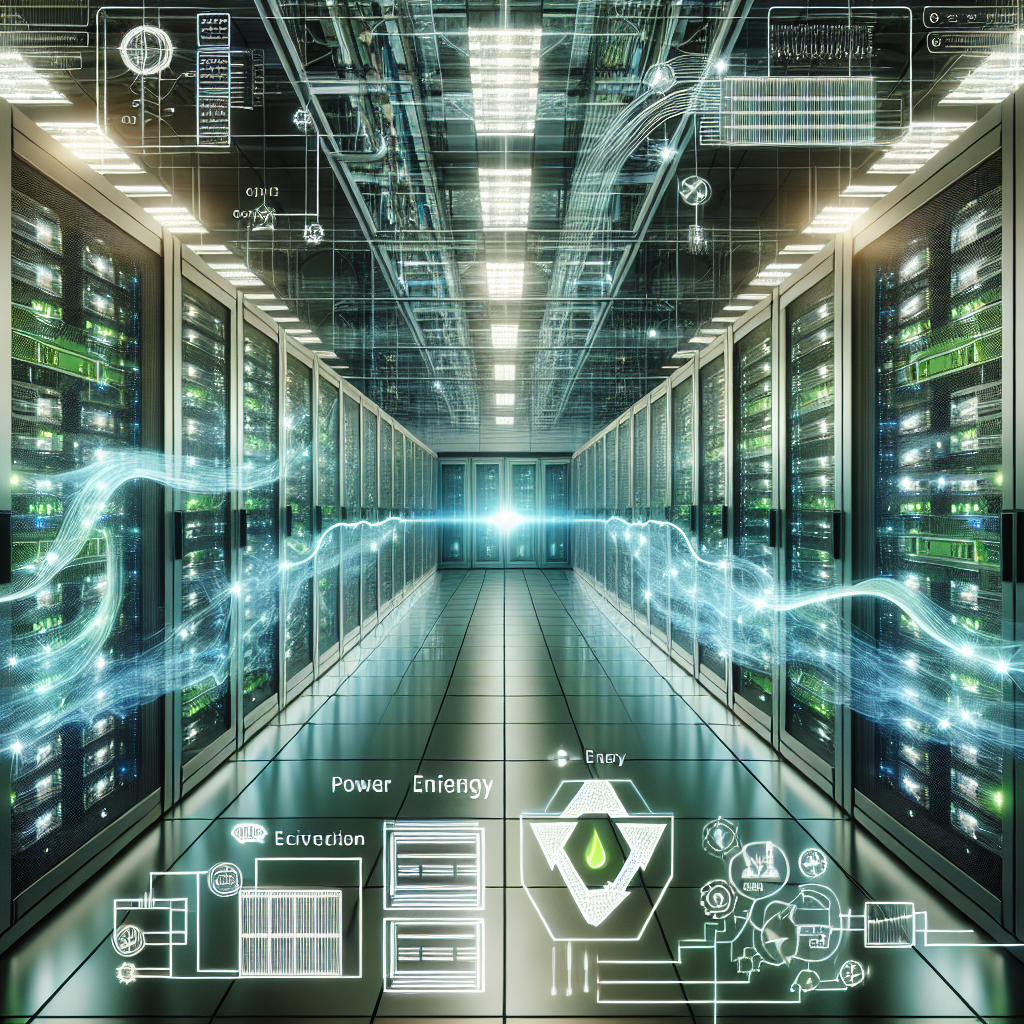
The Future of Data Center Power Distribution: Trends and Innovations
Data centers are the backbone of the digital age, housing the servers and networking equipment that power our interconnected world. As the demand for data processing and storage continues to grow, data centers are constantly evolving to meet the needs of an increasingly connected society. One key aspect of data center infrastructure that is undergoing significant changes is power distribution.Traditional data center power distribution systems rely on large, centralized UPS (uninterruptible power supply) units to provide backup power in the event of a grid outage. However, these systems can be inefficient and costly to maintain, especially as data centers continue to scale up in size and complexity. In response to these challenges, innovative new technologies and trends are emerging that promise to revolutionize the way data centers manage and distribute power.
One of the most promising trends in data center power distribution is the move towards decentralized power architectures. Instead of relying on a single centralized UPS unit, data centers are increasingly adopting a distributed approach, with smaller UPS units located closer to the servers they support. This not only reduces the amount of cabling and infrastructure required, but also improves efficiency and reliability by minimizing the distance power needs to travel.
Another key trend in data center power distribution is the integration of renewable energy sources. As concerns about climate change and energy consumption continue to grow, data centers are looking for ways to reduce their carbon footprint and reliance on fossil fuels. By incorporating solar panels, wind turbines, and other renewable energy sources into their power distribution systems, data centers can reduce their environmental impact and lower their energy costs in the long run.
In addition to these trends, several innovative technologies are also shaping the future of data center power distribution. For example, advanced power management software can help data center operators optimize energy usage, reduce waste, and improve overall efficiency. Intelligent power distribution units (PDUs) equipped with sensors and monitoring capabilities can provide real-time data on power consumption and help prevent downtime by detecting potential issues before they occur.
Looking ahead, the future of data center power distribution is likely to be defined by a combination of these trends and innovations. By adopting decentralized architectures, integrating renewable energy sources, and leveraging cutting-edge technologies, data centers can improve efficiency, reliability, and sustainability while meeting the growing demands of our increasingly connected world. As data centers continue to evolve, power distribution will remain a critical aspect of their infrastructure, driving innovation and shaping the future of digital connectivity.
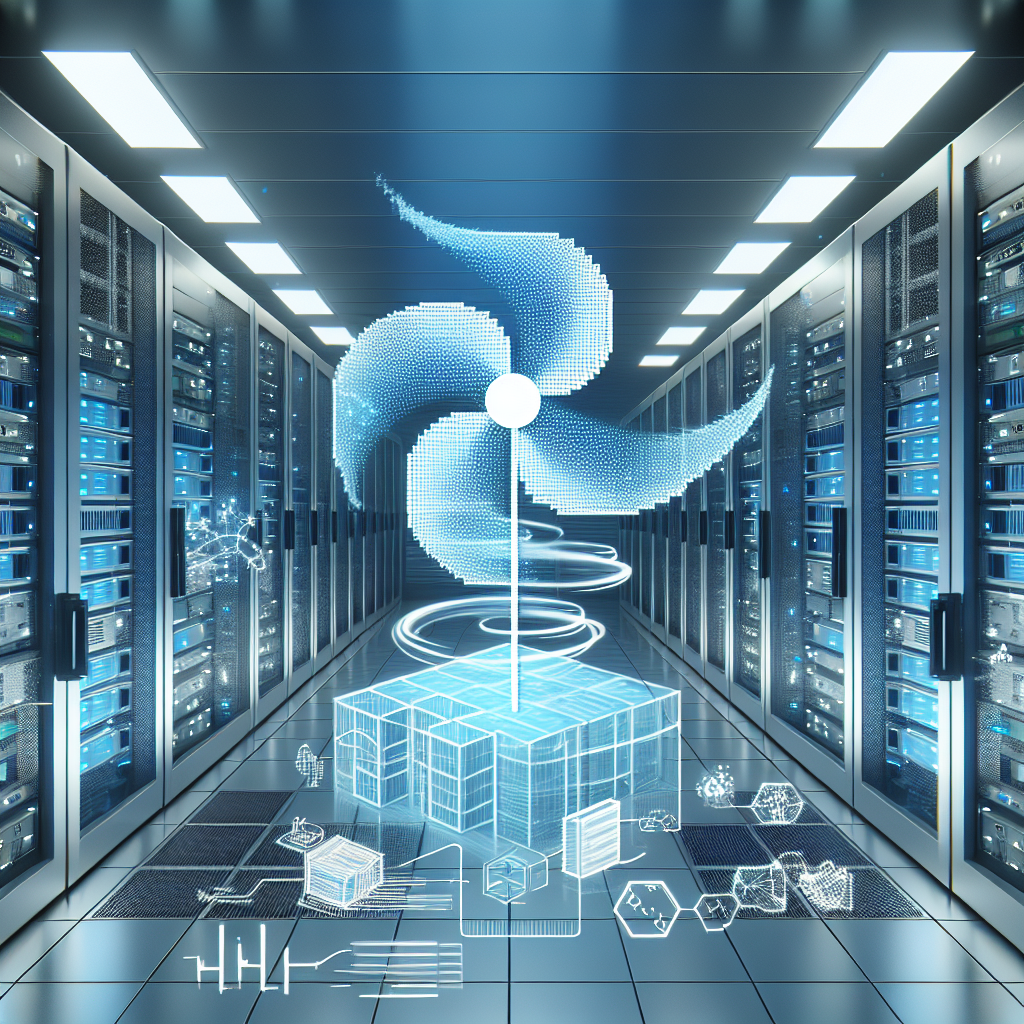
The Future of Data Center Cooling: Trends and Technologies
The future of data center cooling is an increasingly important topic as the demand for data storage and processing continues to grow exponentially. With the rise of cloud computing, big data analytics, and artificial intelligence, data centers are becoming more prevalent and more powerful than ever before. However, as data centers become larger and more complex, the challenge of keeping them cool becomes even greater.Traditionally, data centers have relied on air conditioning systems to keep their servers cool. However, these systems can be inefficient, expensive to operate, and harmful to the environment. As a result, data center operators are turning to new technologies and trends to improve the efficiency and sustainability of their cooling systems.
One of the most promising trends in data center cooling is the use of liquid cooling systems. Liquid cooling systems use water or other coolants to remove heat from servers, providing more efficient cooling than traditional air conditioning systems. Liquid cooling systems can also be more compact and easier to install than air conditioning systems, making them an attractive option for data center operators looking to maximize their space and energy efficiency.
Another emerging trend in data center cooling is the use of free cooling systems. Free cooling systems use ambient air or water to cool servers, reducing the need for traditional air conditioning systems and lowering energy costs. Free cooling systems can be especially effective in regions with cooler climates, where ambient temperatures are lower and free cooling can be used for a larger portion of the year.
In addition to these trends, data center operators are also exploring new technologies to improve the efficiency of their cooling systems. For example, some data centers are experimenting with the use of artificial intelligence to optimize their cooling systems in real-time, adjusting temperature settings and airflow to maximize efficiency and reduce energy consumption.
Overall, the future of data center cooling is looking bright, with new trends and technologies offering promising solutions to the challenges of keeping data centers cool and efficient. By embracing liquid cooling systems, free cooling systems, and other innovative technologies, data center operators can improve the sustainability and performance of their cooling systems, ensuring that their servers stay cool and their operations run smoothly for years to come.
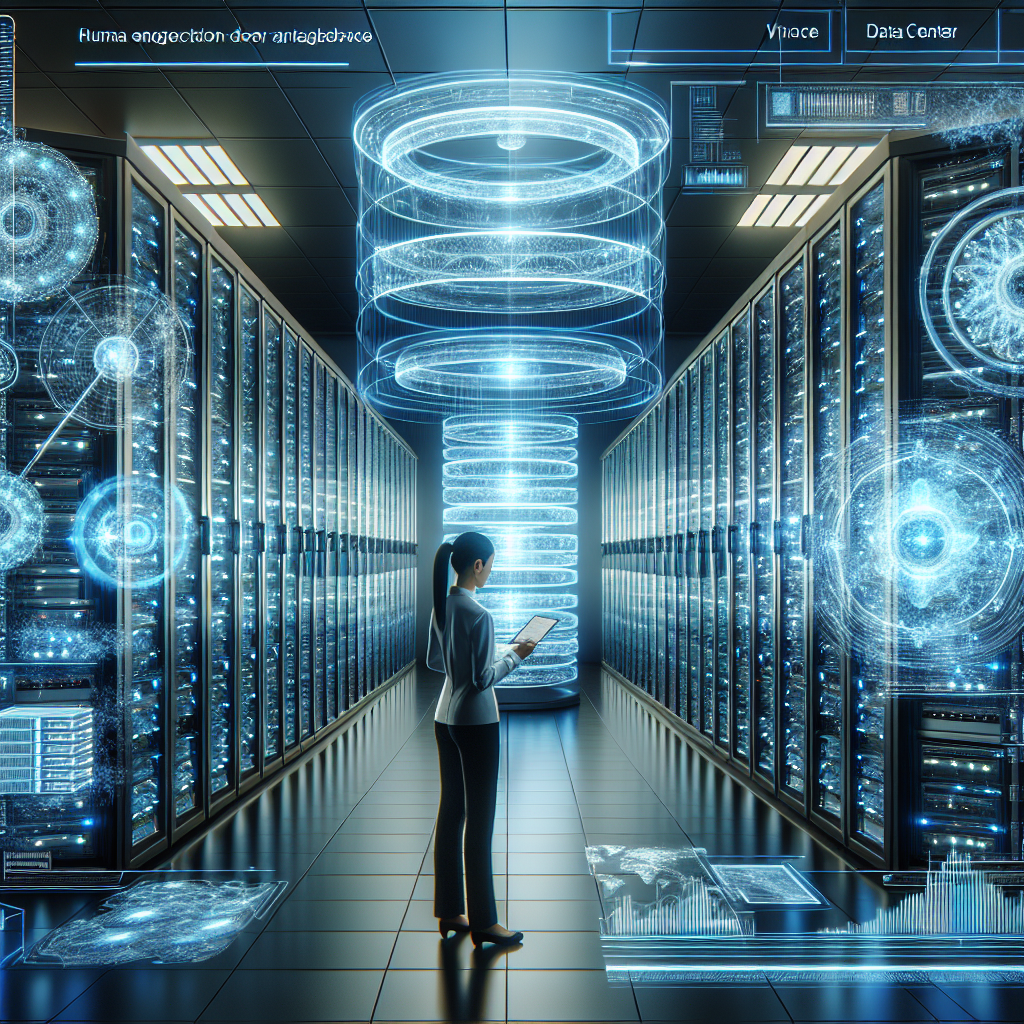
The Future of Data Center Databases: Trends and Innovations
In recent years, data center databases have undergone significant changes and advancements, driven by the increasing demand for storage and processing capabilities. With the rise of big data, IoT devices, and cloud computing, data centers have become the backbone of modern businesses, handling vast amounts of information and providing critical insights and analytics.As we look towards the future of data center databases, several key trends and innovations are shaping the industry and driving its evolution. From the adoption of new technologies to the development of more efficient and scalable solutions, data center databases are poised to play a crucial role in the digital transformation of organizations across all industries.
One of the most significant trends in the future of data center databases is the adoption of cloud-native technologies. Cloud computing has revolutionized the way data is stored and processed, offering scalability, flexibility, and cost-efficiency for businesses of all sizes. By leveraging cloud-native databases, organizations can access on-demand resources, automate data management tasks, and easily scale their infrastructure as needed.
Another key trend in the future of data center databases is the increasing focus on data security and compliance. With the rise of cyber threats and regulatory requirements, organizations are prioritizing the protection of their data assets and ensuring that sensitive information is stored and managed securely. Advanced encryption techniques, access controls, and data governance policies are becoming essential components of modern data center databases.
In terms of innovations, the future of data center databases is also being shaped by advancements in artificial intelligence and machine learning. These technologies are enabling organizations to extract valuable insights from their data, automate data processing tasks, and improve the accuracy and efficiency of database operations. AI-powered databases can analyze large datasets in real-time, identify patterns and trends, and make data-driven decisions to drive business growth and innovation.
Additionally, the future of data center databases is likely to see the continued development of hybrid and multi-cloud strategies. Organizations are increasingly relying on a combination of on-premises and cloud-based databases to optimize performance, cost, and data accessibility. By leveraging hybrid and multi-cloud architectures, businesses can achieve greater flexibility and resilience in their data management practices.
Overall, the future of data center databases is bright, with new trends and innovations driving the industry forward. From the adoption of cloud-native technologies to the integration of AI and machine learning capabilities, data center databases are evolving to meet the growing demands of modern businesses. By staying ahead of these trends and embracing the latest innovations, organizations can unlock the full potential of their data assets and drive competitive advantage in the digital age.
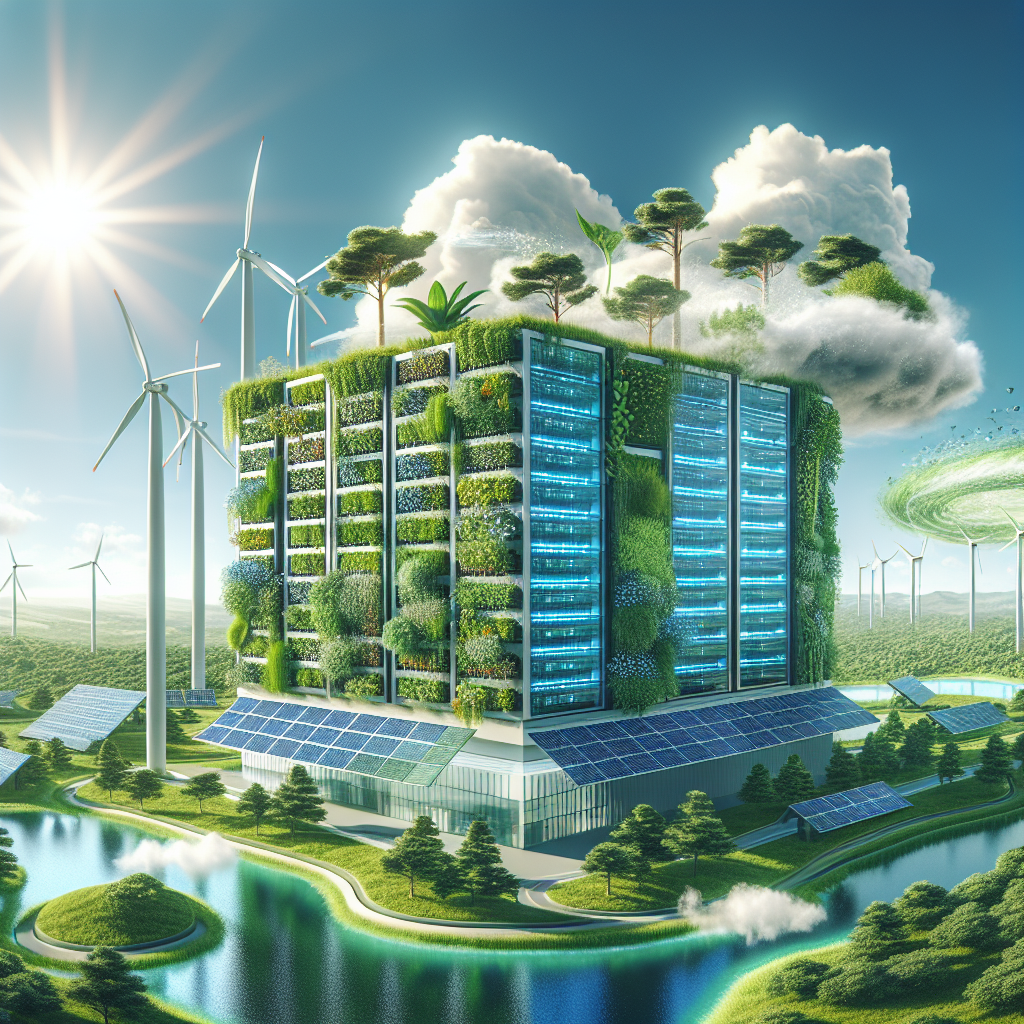
Building a Sustainable Future: The Role of Data Centers in Environmental Conservation
Data centers play a crucial role in our modern society, as they are the backbone of the digital world we live in. From storing and processing data to hosting websites and applications, data centers are essential for our everyday lives. However, with the increasing demand for digital services, data centers are also becoming a significant source of energy consumption and environmental impact.As concerns about climate change and environmental conservation continue to grow, it is essential for data centers to play a role in building a sustainable future. By adopting green technologies and practices, data centers can significantly reduce their carbon footprint and contribute to environmental conservation efforts.
One of the most significant ways data centers can become more sustainable is by optimizing their energy efficiency. Data centers consume a large amount of electricity to power servers and cooling systems, leading to high energy bills and carbon emissions. By implementing energy-efficient technologies such as virtualization, proper airflow management, and energy-efficient cooling systems, data centers can reduce their energy consumption and environmental impact.
In addition to energy efficiency, data centers can also utilize renewable energy sources to power their operations. Solar, wind, and hydroelectric power are all viable options for data centers looking to reduce their reliance on fossil fuels and lower their carbon footprint. By investing in renewable energy sources, data centers can not only reduce their environmental impact but also contribute to the growth of the green energy sector.
Furthermore, data centers can also implement water conservation practices to reduce their water usage and minimize their impact on local water resources. By using recycled water for cooling systems, implementing rainwater harvesting systems, and reducing water waste through efficient cooling technologies, data centers can significantly reduce their water footprint and contribute to environmental conservation efforts.
Moreover, data centers can also play a role in promoting sustainability through responsible waste management practices. By recycling and reusing electronic waste, decommissioned servers, and other equipment, data centers can minimize their impact on landfills and reduce their environmental footprint. Additionally, data centers can partner with responsible e-waste recycling companies to ensure that their waste is properly disposed of and recycled.
Overall, data centers have a crucial role to play in building a sustainable future. By implementing energy-efficient technologies, utilizing renewable energy sources, conserving water, and practicing responsible waste management, data centers can significantly reduce their environmental impact and contribute to environmental conservation efforts. It is essential for data centers to prioritize sustainability and embrace green technologies to ensure a greener and more sustainable future for all.
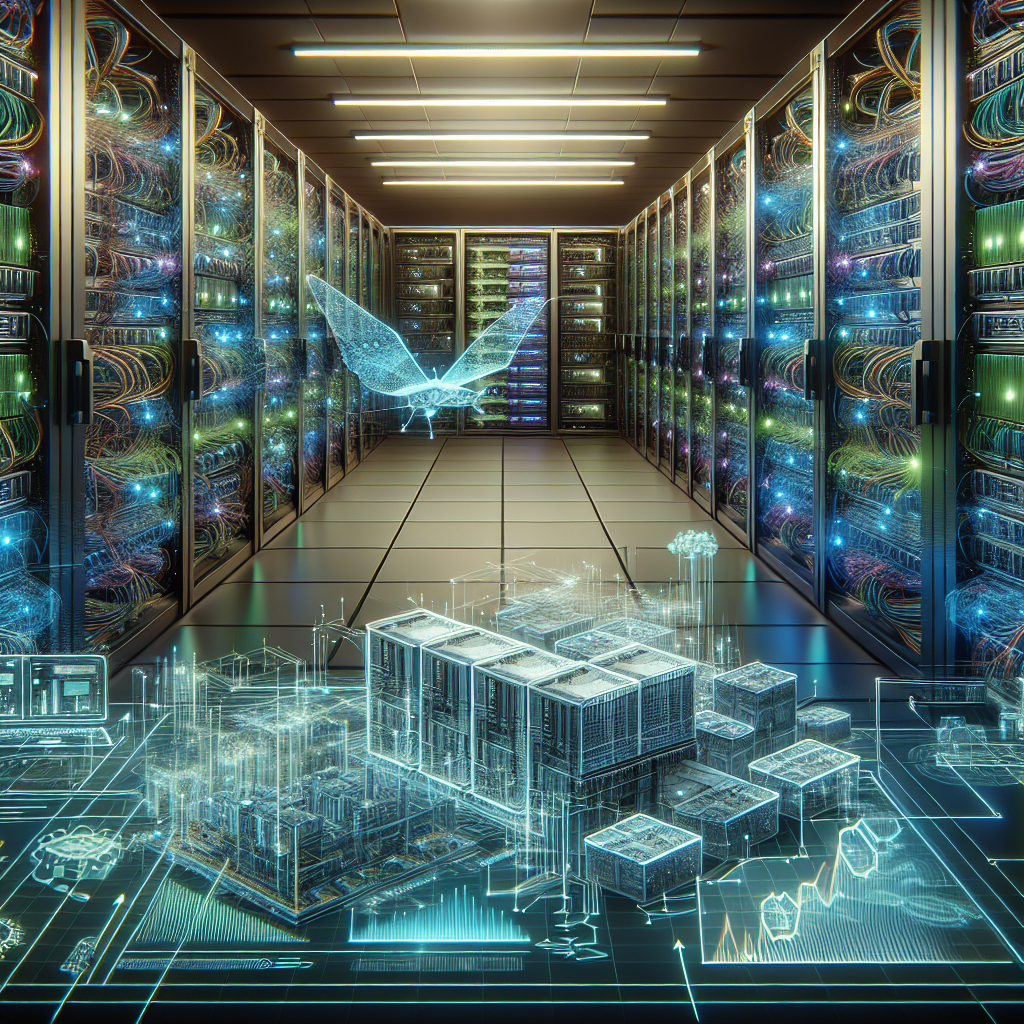
The Future of Data Centers: Implementing Predictive Maintenance Strategies
As technology continues to advance at a rapid pace, the future of data centers is becoming increasingly complex and challenging. With the growing demand for data storage and processing power, data centers are under pressure to deliver high levels of performance and reliability. One way that data centers are looking to meet these demands is through the implementation of predictive maintenance strategies.Predictive maintenance involves using data and analytics to predict when equipment is likely to fail so that maintenance can be performed proactively, rather than reactively. By monitoring the condition of equipment in real-time, data centers can identify potential issues before they cause a failure, leading to improved uptime and reduced maintenance costs.
One of the key technologies driving predictive maintenance in data centers is the Internet of Things (IoT). By connecting equipment and sensors to a central monitoring system, data centers can collect and analyze vast amounts of data in real-time. This data can be used to detect patterns and trends that indicate when equipment is likely to fail, allowing maintenance teams to take action before a critical failure occurs.
In addition to IoT, artificial intelligence (AI) and machine learning are also playing a crucial role in predictive maintenance strategies. AI algorithms can analyze complex data sets and identify patterns that may not be apparent to human operators. Machine learning algorithms can also continuously improve their predictive capabilities over time, leading to more accurate and reliable maintenance predictions.
Implementing predictive maintenance strategies in data centers can bring a number of benefits. By proactively addressing maintenance issues, data centers can reduce downtime and improve operational efficiency. Predictive maintenance can also extend the lifespan of equipment, reducing the need for costly replacements.
However, implementing predictive maintenance strategies is not without its challenges. Data centers must invest in the necessary sensors, monitoring systems, and analytics tools to collect and analyze the data needed for predictive maintenance. They must also ensure that their maintenance teams are trained to interpret and act on the insights provided by predictive maintenance systems.
Despite these challenges, the future of data centers lies in the adoption of predictive maintenance strategies. By harnessing the power of IoT, AI, and machine learning, data centers can achieve higher levels of performance and reliability, while reducing maintenance costs and downtime. As technology continues to evolve, data centers that embrace predictive maintenance will be better positioned to meet the growing demands of the digital age.
